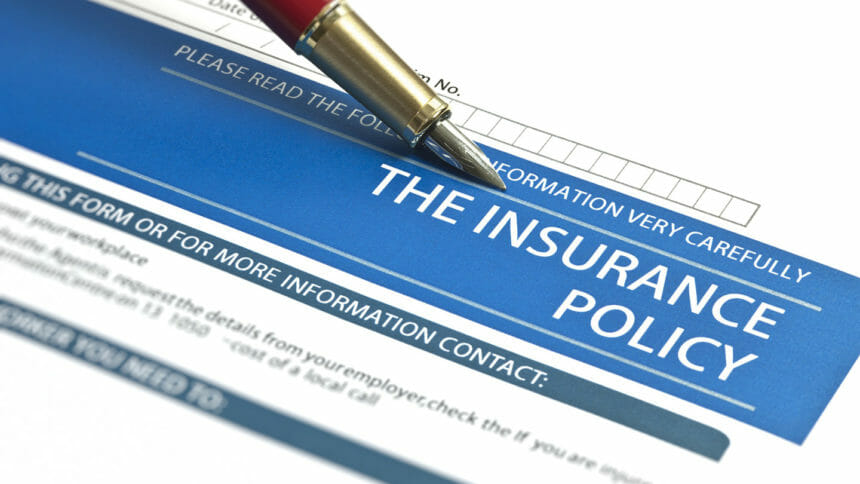More small and medium-sized employers have turned to self-insured employee health plans since the passage of the Affordable Care Act, whereas the percentage of self-insured plans among large employers has decreased, according to a new study.
Since the passage of the ACA in 2010, there has been much speculation that more small and medium-sized companies would convert from fully insured to self-insured employee health plans, and a new report by the Employee Benefit Research Institute seems to confirm those beliefs.
Employers with self-insured employee health programs pay for medical claims and fees out of current revenue — in effect, acting as their own insurers — whereas with a fully insured plan, employers pay a fixed premium to a third-party commercial insurance carrier that covers the medical claims, according to the Society for Human Resource Management.
Among other points, the EBRI report found:
- Between 2010 and 2023, the percentage of small employers that self-insured at least one plan increased from 13% to 16%, and among medium-sized companies, the rate went from 27% to 32%. Use in large firms, on the other hand, decreased from 82% to 74%.
- Despite the increase in self-insured plans among small and medium-sized employers, large companies with 500 or more employees still had a significantly higher percentage of self-insured plans (74%) than did small companies (16%) and medium-sized firms (32%).
- The percentage of private-sector companies offering self-insured plans generally has been increasing since at least the mid-1990s, reaching a high of 42% in 2020.
- Employee enrollment in self-insured health plans also has increased significantly in recent years, going from 46% in 1996 to 57% in 2023.
The report authors cited several factors behind the increase in self-insured health plans, including fewer regulatory requirements.
“A company may choose to self-insure for several reasons. It allows the business to offer consistent benefit packages wherever it happens to be located, which results in ease of administration and lower expenses,” Paul Fronstin, PhD, director of health Benefits Research at EBRI, said in a news release.
“Furthermore, self-insured health plans do not have to satisfy state health insurance laws, including state-mandated reserve, benefit, claims, premium and other requirements, which also helps in easing administration and lowering expenses,” he added. “In contrast, fully insured plans are required to cover state-mandated benefits and pay state insurance premiums.”
Although self-insured plans may have somewhat less stringent regulatory requirements than fully insured plans, Fronstin noted that both still may have to comply with other applicable federal laws, including provisions of the ACA.



